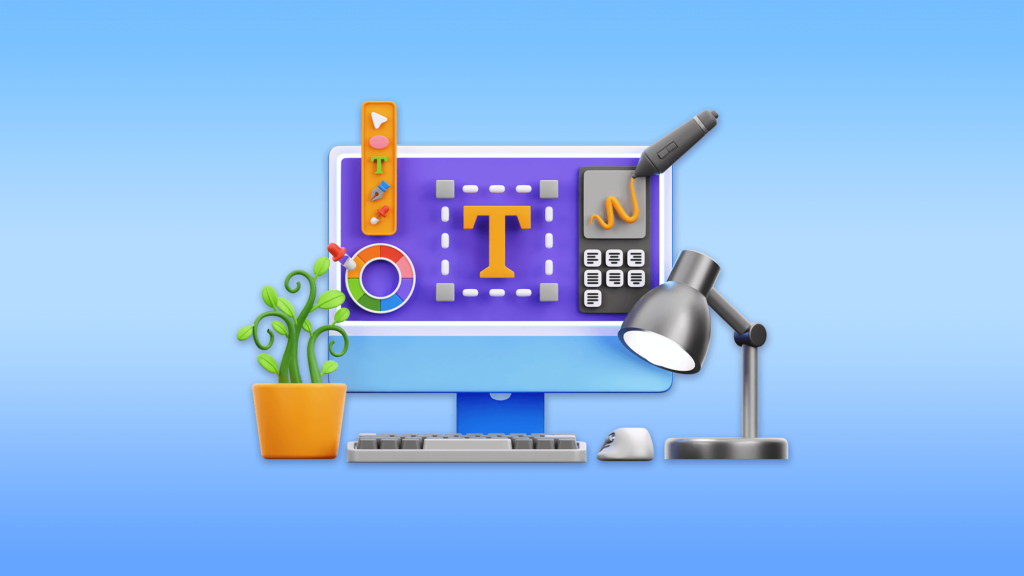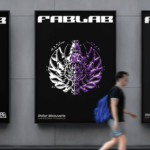Design
Demystifying Design
A Beginner's Guide to Visual Communication
Imagine walking into a store where products are thrown haphazardly on shelves, with labels written in barely legible fonts and colors that clash horribly. No matter how fantastic the products themselves, wouldn’t that make you hesitate to even consider buying them? This is the power of design, and mastering its basic principles can make a world of difference, whether you’re creating a personal website, designing a social media post, or even decorating your living room.

What is Design?
Design encompasses the intentional arrangement of elements to create a visually appealing and functional communication. It’s not just about making things look pretty; it’s about using visual elements to guide the viewer’s eye, convey information clearly, and evoke specific emotions. Different branches of design cater to various purposes, like:
- Graphic Design: Creating visual concepts for print and digital media (logos, brochures, websites, etc.).
- Web Design: Crafting the visual layout and user experience of websites and web applications.
- Packaging Design: Designing product packaging that is both attractive and informative.
- Branding Design: Establishing a visual identity for a company or product through logos, colors, fonts, and overall aesthetics.
Basic Design Principles:
Think of design principles as the grammar of visual communication. Mastering a few key ones can elevate even the simplest creations:
- Hierarchy: Arrange elements to show their importance, using size, color, and placement. Imagine a website where the headline screams for attention, followed by subheadings and then supporting text.
- Balance: Achieve visual harmony by distributing elements evenly or using asymmetry strategically. Think of a well-composed photograph where elements fill the frame without feeling off-center.
- Contrast: Use contrasting colors, sizes, and textures to create visual interest and guide the eye. Imagine a bold headline set against a calming background color.
- Color Theory: Colors have psychological effects. Red evokes excitement, blue conveys calmness, green suggests nature, etc. Use colors intentionally to set the mood and communicate your message.
- Typography: Choose fonts that are legible, appropriate for the content, and complement the overall design. Imagine a playful font for a children’s website and a serif font for a formal document.
Examples in Action:
Look around you, and you’ll see design principles at work everywhere! Analyze logos, website layouts, product packaging, even posters, and see how they use these principles to communicate effectively.
Get Started with Design:
The internet is your oyster! Here are some resources to kickstart your design journey:
- Free online courses on platforms like Coursera and Skillshare.
- Design tutorials and articles on websites like Designmodo and Canva.
- Free design software like Canva and Figma.
Conclusion:
Design is a powerful tool that can transform your communication and creativity. By understanding the basics and practicing regularly, you can create visually appealing and effective messages that resonate with your audience. Remember, design is a journey, not a destination, so have fun exploring and experimenting!



